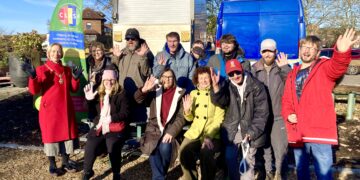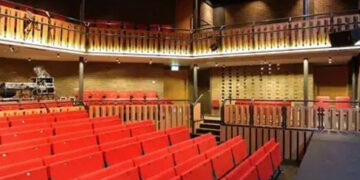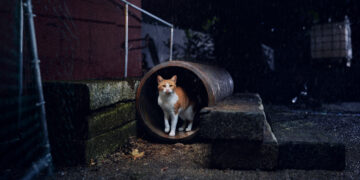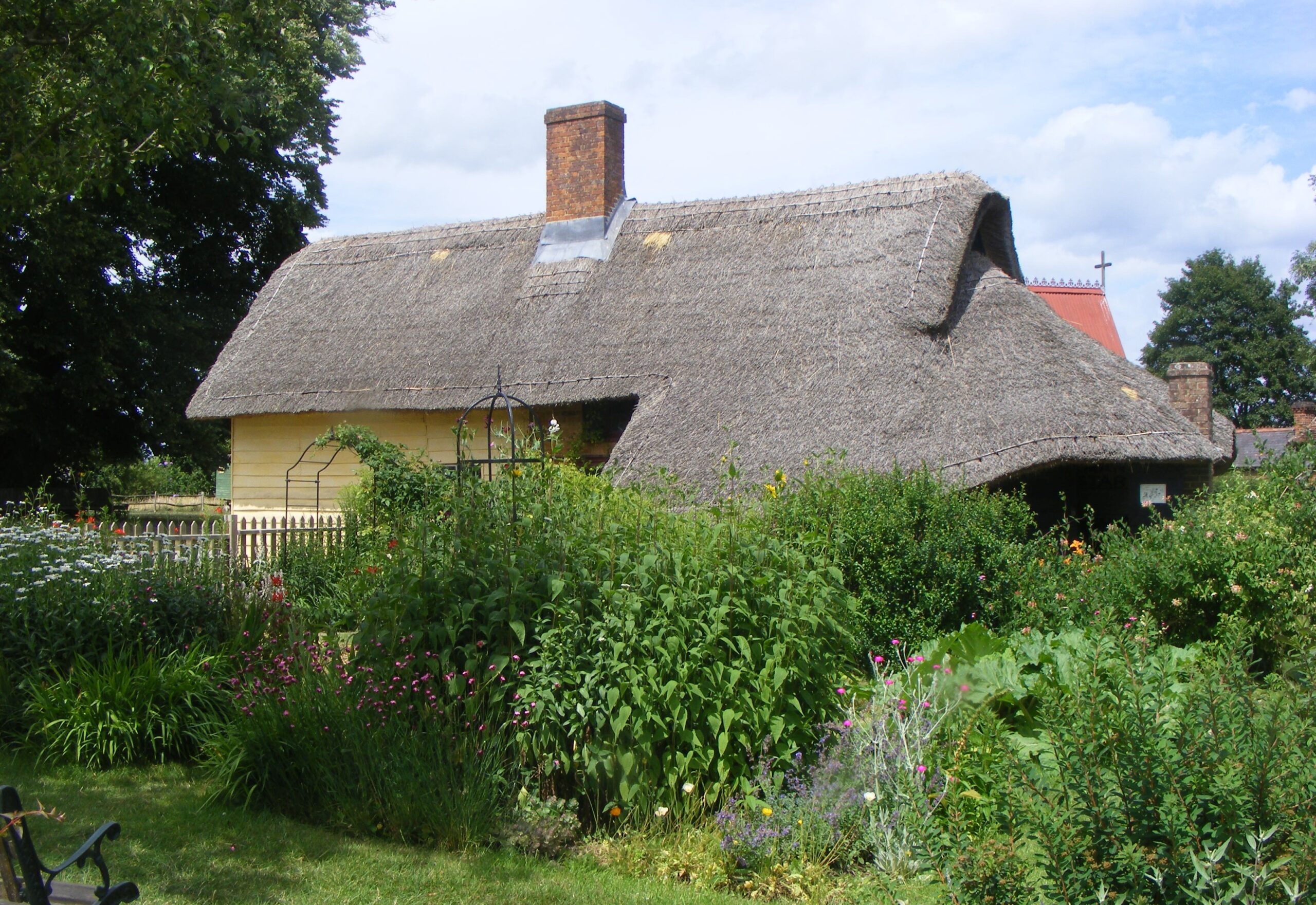In July, Wargrave Local History Society members make a visit to a place of local history interest, and this year this was to the Chiltern Open Air Museum, near Chalfont St Giles.
The museum was founded in 1976, when it was realised that a number of buildings across the Chilterns area were at risk of being demolished, and the way of life they illustrated would be lost.
A 45-acre site set in rural Buckinghamshire was obtained, and it first opened to visitors in 1981.
To date, 37 buildings have been carefully dismantled, from their original locations, each part being numbered, so that when brought to the museum they can be re-assembled like a large jigsaw puzzle.
As might be expected, there are several large barns on the site.

The 16th century one that came from Carters Hill Farm at Arborfield has a cruck frame, where the roof is supported by pairs of curved pieces of oak that lean against each other in the shape of a letter A.
This particular barn has the doorway towards one end of the side, rather than halfway along, which suggests that it was originally used to keep animals in, rather than for storing grain or other crops.
The roof is constructed of thatch, whilst the side and end walls are made by having thinner pieces of oak woven across smaller vertical pieces of wood, which enabled the air to flow through the barn.
Not all the buildings on the museum site are ancient, but all are part of our history. An example of that is the Pre-fab house, which once stood in Amersham.
At the end of the Second World War, there was an urgent need for housing, much having been destroyed during that time. These houses were pre-fabricated (hence the name) in factories away from the building site. They were intended to last for about 10 years – but many were still in use 40 years later.
Nearby stand a pair of wartime Nissen huts, designed to be easily moved and quickly assembled by the army.

Among the other buildings on the site are traditional workers’ thatched cottages, a ‘tin tabernacle’ (a chapel made from a kit of corrugated iron parts), a blacksmith’s forge and a reconstruction of an iron age house. One of the buildings still serves its original purpose – a cast iron public convenience, built in 1906 to stand at the tramway terminus in Caversham.
The rooms in each cottage are set out as appropriate to their period, making the museum an interesting – and for some, nostalgic – place to visit. Details of the museum opening times can be found at www.coam.org.uk
For more information about the society, visit the website at www.wargravehistory.org.uk














































